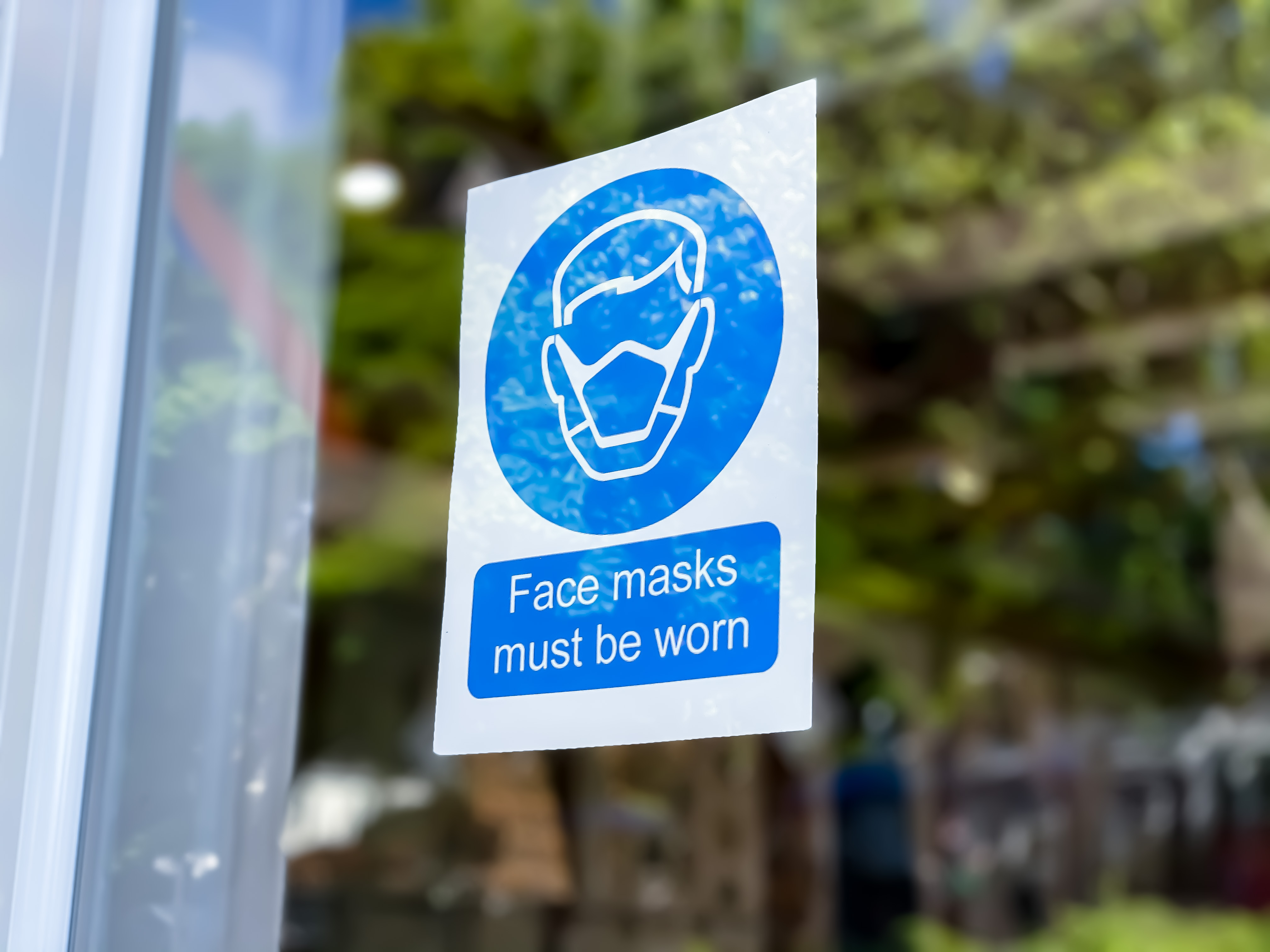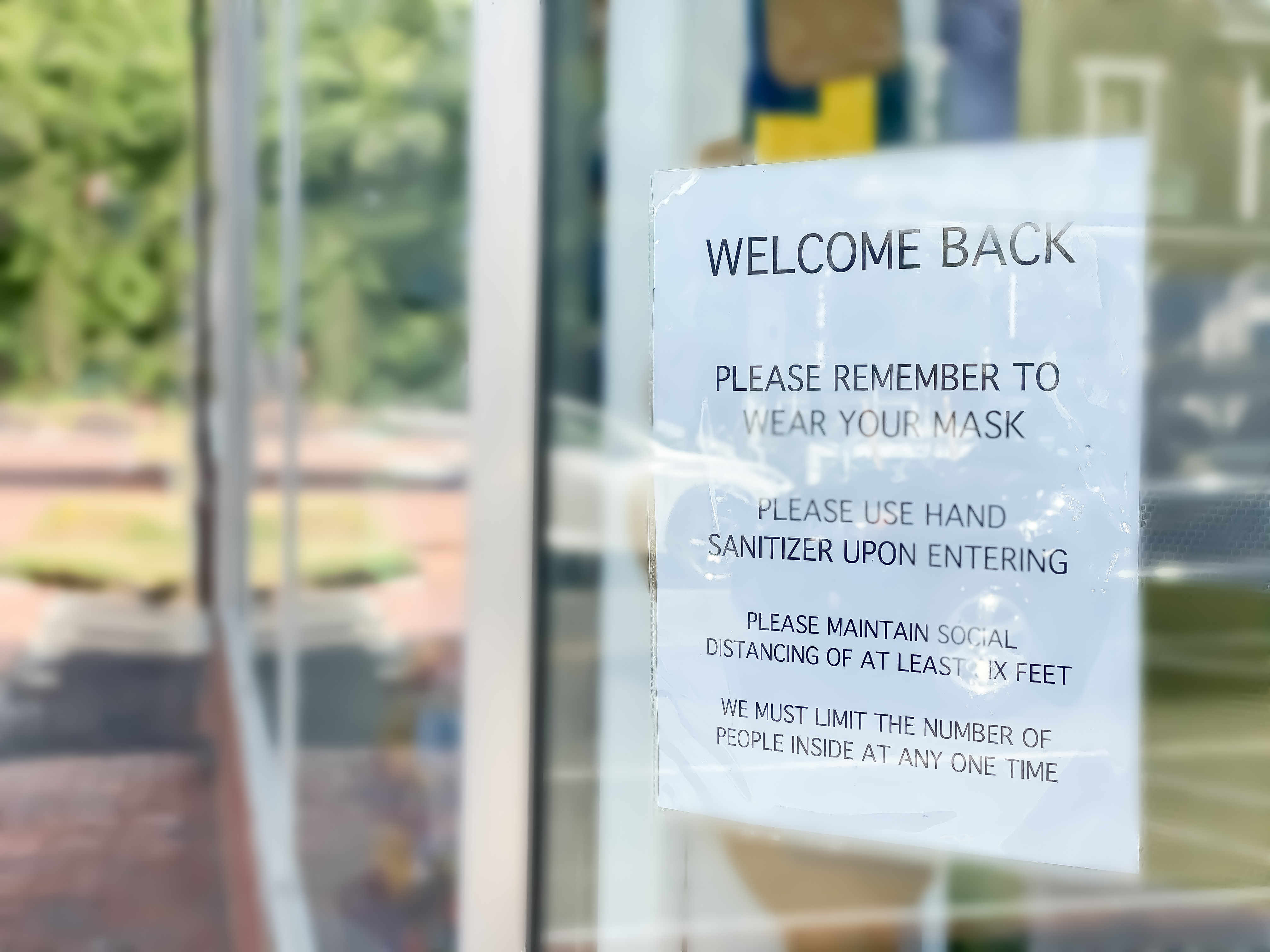Illinois Gov. J.B. Pritzker announced Thursday new metrics and guidelines aimed at transitioning the state to a full reopening, unveiling what he called a "Bridge Phase" that would allow for higher capacity limits prior to entering Phase 5.
The new phase allows for higher capacity limits at places like museums, zoos and spectator events as well as increased business operations, the state announced, but masks will continue to be mandated.
The updated guidelines bridge the gap between Phase 4, which the state is currently in, and Phase 5, which would mark a complete reopening and requires a widely available vaccine or highly effective treatment.
According to the governor, the so-called Bridge Phase "will serve as a transition period with higher capacity limits and increased business operations, without prematurely embracing a reckless reopening before the majority of Illinoisans have been vaccinated."
Feeling out of the loop? We'll catch you up on the Chicago news you need to know. Sign up for the weekly Chicago Catch-Up newsletter here.
“We want and need to move forward, but we must be measured and cautious in the approach,” Illinois Department of Public Health Director Dr. Ngozi Ezike said in a statement. “Rather than flipping a switch and saying we’re now in Phase 5, we’re looking at it more like a dial – dialing back some of the capacity restrictions that helped reduce transmission, and ultimately the number of new cases, hospitalizations, and deaths. We don’t want to move too quickly and risk a significant reversal of our progress.”
Unlike previous mitigations and phases, all of Illinois will move through the Bridge Phase and Phase 5 together, once they meet the required metrics.
In order for Illinois to advance to the Bridge Phase, the entire state must reach a 70% first-dose vaccination rate for residents 65 and older, in addition to maintain the current required metrics of at least 20% ICU beds availability and holding steady on hospitalizations for COVID-19 or COVID-like illnesses, mortality rates and case rates over a 28-day monitoring period.
To move to Phase 5, the state must reach a 50% vaccination rate for residents age 16 and over and meet the same metrics and rates required to enter the transition phase, over an additional 28-day period, state officials said.
“COVID-19 has not gone away, but the light we can see at the end of the tunnel is getting brighter and brighter as more people get vaccinated,” Pritzker said in a statement. “It’s time to begin to cautiously move toward normalcy, and it’s imperative that we do so in a way that maintains all the progress we’ve made to date."
The state could be forced to revert back to an earlier phase if, over the course of 10 days, the state experiences an increasing trend in COVID-19 and COVID-like illness hospital admissions, a decrease in ICU bed availability, an increase in the mortality rate, and an increasing case rate, the state said.
In addition to announcing the transition phase, the state also made changes to current Phase 4 guidelines.
Under a new rule, anyone with proof of full vaccination or a negative COVID-19 PCR test within one to three days of an event or outing will not count toward capacity limits.
In addition, lower-risk activities that were either not permitted or allowed at a lower capacity have been expanded in Phase 4.
"As regulations are rolled back gradually in the weeks ahead, Illinoisans should continue practicing the public health guidelines that have kept us safe during the pandemic, including wearing face coverings and maintaining social distance," the state said in a release.
Still, Chicago said it is "evaluating the guidance released [Thursday] and will be releasing updated city guidelines early next week."
Here's a complete breakdown of the phase changes:
Phase 4
Dining
Seated areas: Patrons ≥ 6 feet apart; parties ≤ 10
Standing areas: 25% capacity
Health and fitness
50% capacity
Group fitness classes of 50 or fewer indoors or 100 or fewer outdoors *
Offices
50% capacity
Personal care
50% capacity
Retail and service counter
50% capacity
Amusement parks
25% capacity *
Festivals and general admission outdoor spectator events
15 people per 1,000 sq. ft. *
Flea and farmers markets
25% capacity or 15 people per 1,000 sq. ft.
Film production
50% capacity
Meetings, conferences and conventions
Venue with capacity < 200 persons: Lesser of 50 people or 50% capacity *
Venue with capacity ≥ 200 persons: Lesser of 250 people or 25% capacity *
Museums
25% capacity
Recreation
Indoor: Lesser of 50 people or 50% capacity
Outdoor: Maximum groups of 50; multiple groups permissible
Social events
Indoor: Lesser of 50 people or 50% capacity *
Outdoor: Lesser of 100 people or 50% capacity *
Spectator events (ticketed and seated)
Indoor venue with capacity < 200 people: Lesser of 50 people or 50% capacity *
Outdoor venue or indoor venue with capacity ≥ 200 people: 25% capacity *
Theaters and performing arts
Indoor venue with capacity < 200 persons: Lesser of 50 or 50% capacity
Outdoor venue or indoor venue with capacity ≥ 200 persons: 25% capacity *
Zoos
25% capacity
Lesser of 50 or 50% at indoor exhibits
Bridge Phase
Dining
Seated areas: Patrons ≥ 6 feet apart; parties ≤ 10
Standing areas: 30% capacity indoors; 50% capacity outdoors
Health and fitness
60% capacity
Group fitness classes of 50 or fewer indoors or 100 or fewer outdoors
Offices
60% capacity
Personal care
60% capacity
Retail and service counter
60% capacity
Amusement parks
60% capacity *
Festivals and general admission outdoor spectator events
30 people per 1,000 sq. ft. *
Flea and farmers markets
Indoor: 15 people per 1,000 sq. ft.
Outdoor: 30 people per 1,000 sq. ft.
Film production
60% capacity
Meetings, conferences and conventions
Lesser of 1,000 people or 60% capacity ^
Museums
60% capacity
Recreation
Indoor: Lesser of 100 people or 50% capacity
Outdoor: Maximum groups of 100; multiple groups permissible
Social events
Indoor: 250 people
Outdoor: 500 people
Spectator events (ticketed and seated)
60% capacity
Theaters and performing arts
60% capacity
Zoos
60% capacity
In addition to the changes to the reopening framework, Pritzker also announced that eligibility for the COVID-19 vaccine will expand to all Illinois residents over the age of 16, except for those in the city of Chicago, beginning on April 12.
All Illinois residents over the age of 16 will be eligible to get vaccinated beginning on April 12, Pritzker said, adding that state officials in the coming days would make available more information on certain populations that will become eligible before that final expansion.



